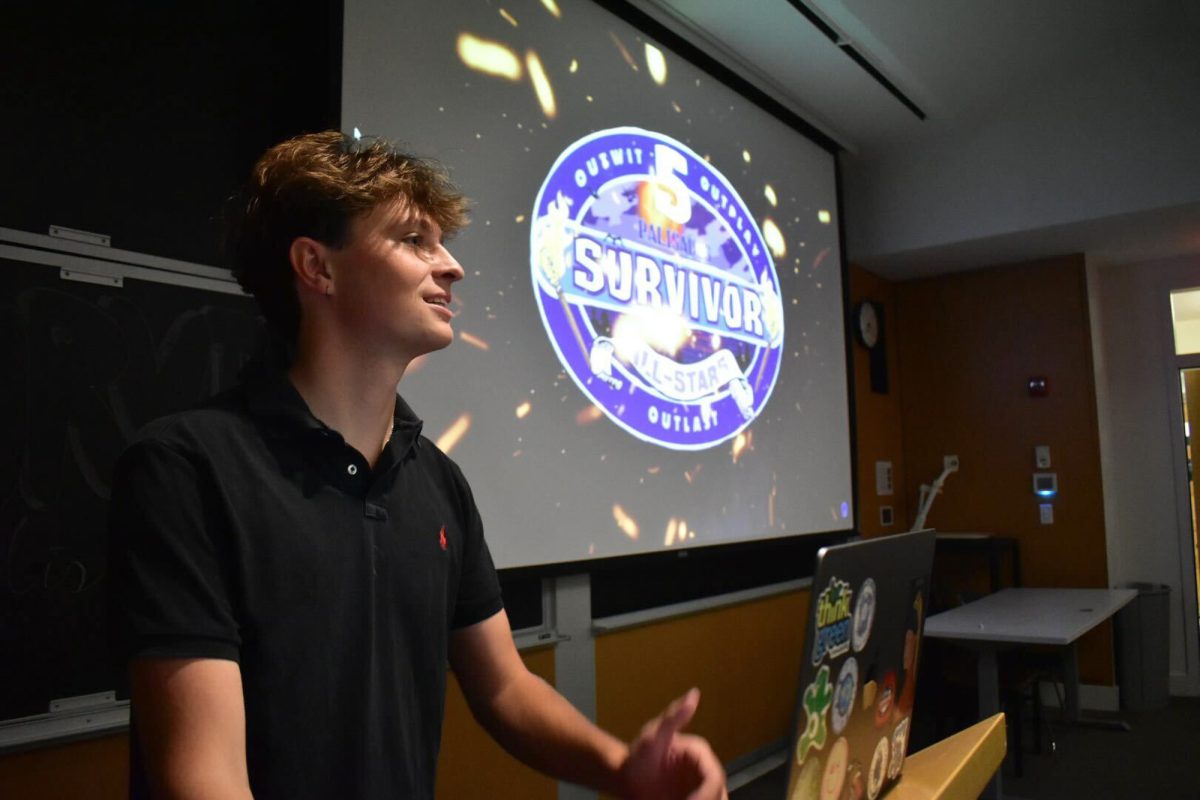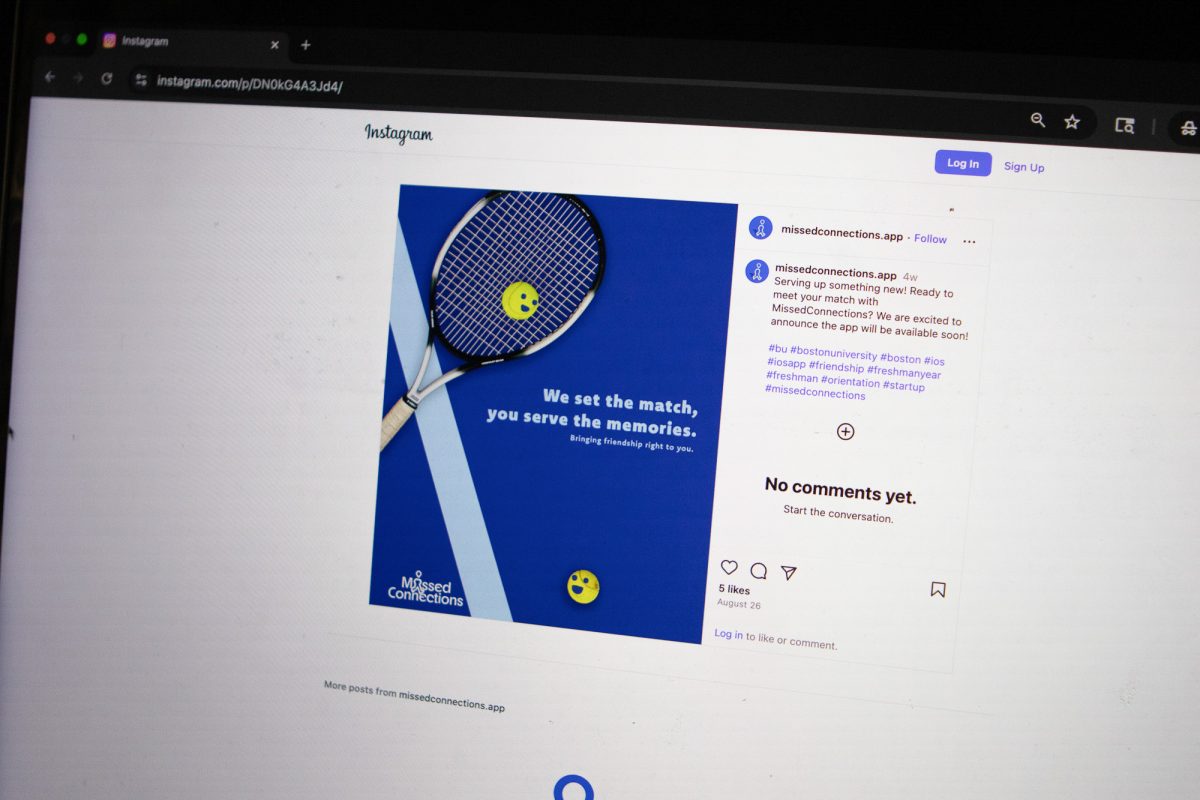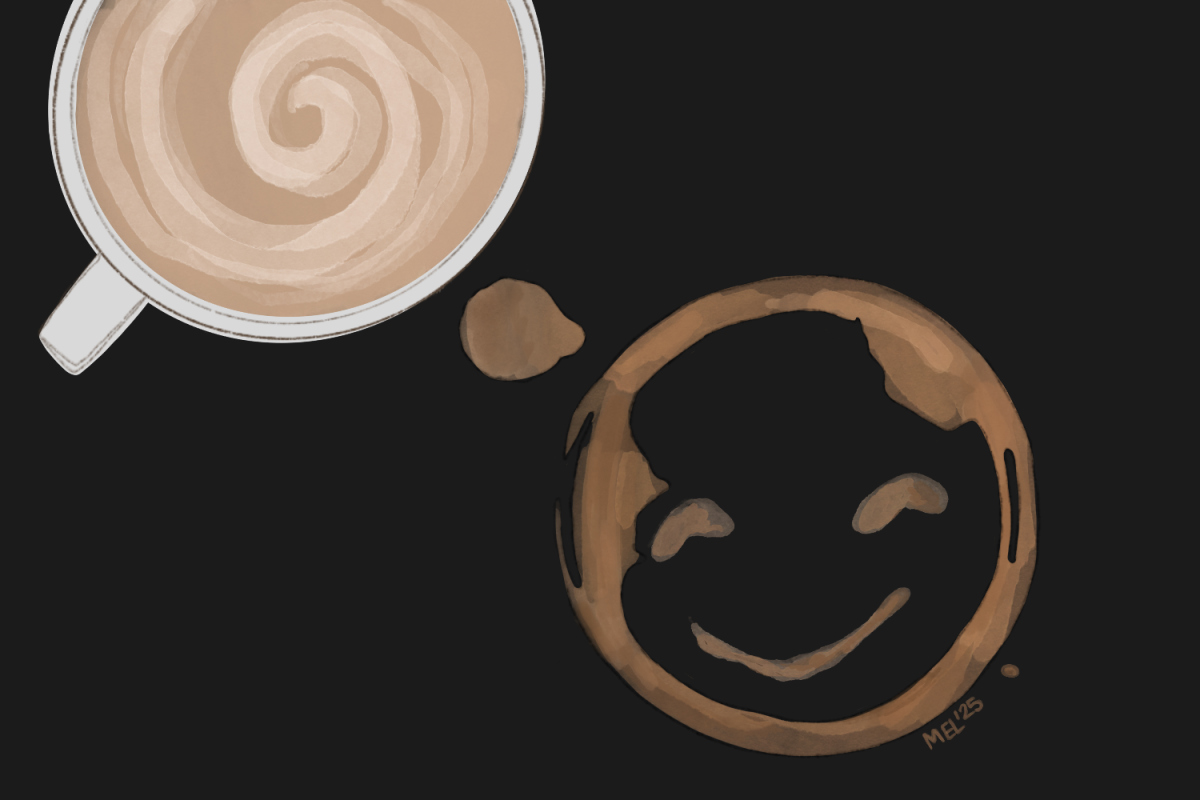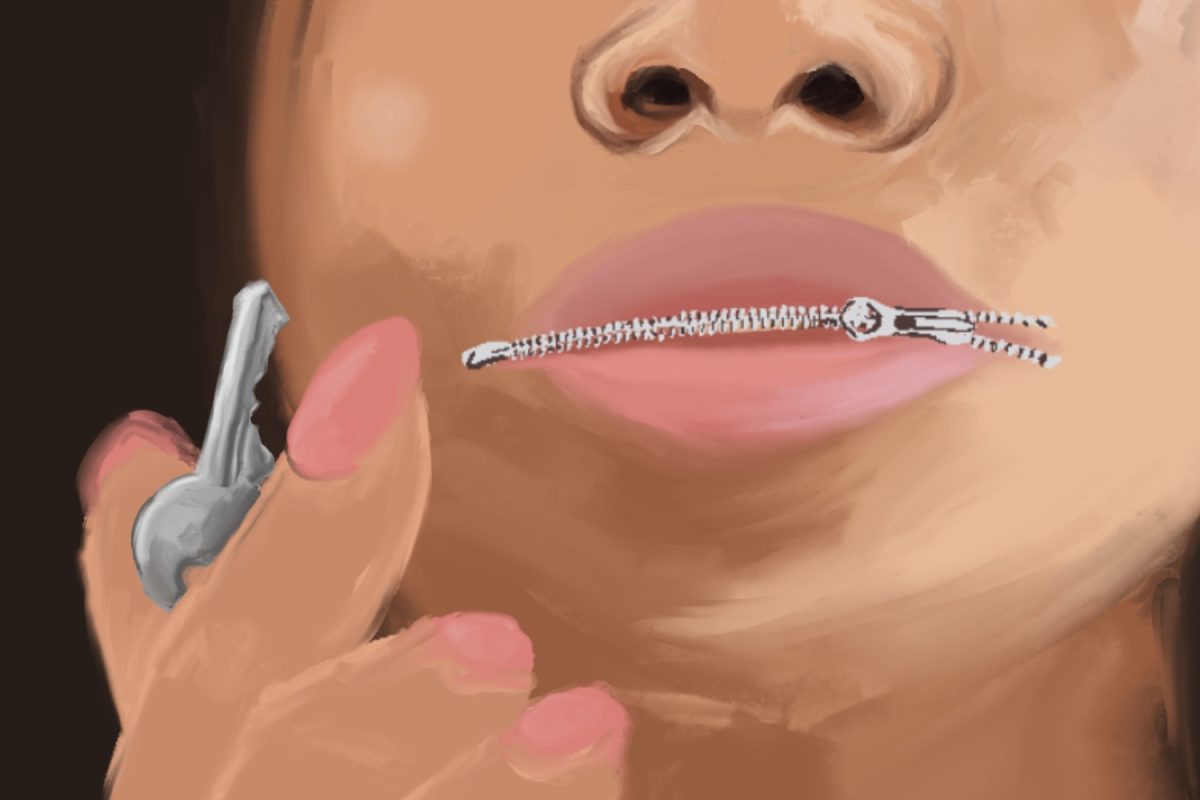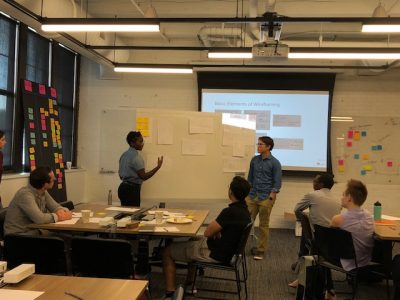
Students traveled across Boston to its Fort Point neighborhood to attend a BU Spark! workshop about interaction design Friday. There they delved into interaction design and explored how to develop user-friendly software.
BU Spark! and Red Hat Inc. hosted the Interaction Design Bootcamp jointly at Red Hat’s Boston office. BU students and Spark! Interaction design fellows attended.
Red Hat is a software company that specializes in information technology and has a research relationship with Boston University that includes educational elements. The programs taught by Red Hat focus on user experience design, one of Red Hat’s specializations, according to their website.
“[Spark! was] looking for a little bit more coverage on user experience,” Colleen Hart, a user experience designer at Red Hat, said. “They don’t have a specific major around user experience or human factors and were looking for a bit of exposure to that.”
User experience design, also referred to as interaction design, is a consumer-centric discipline in technology. It focuses on making technological products as intuitive as possible. There are many areas of interaction design, including visual, front-end development, user testing and research.
Friday’s workshop focused on the intersection between computer science and graphic design.
“I think both groups wanted to learn a little bit more about that user interaction and the user design process, how to think about user-centered design when looking at products,” Hart said. “Graphic design students can get a little more of the technical side, and just get a more creative mindset on that process and vice-versa, to help collaborate the groups.”
In the program itself, students used the design-thinking model to develop an on-campus laundry service. The design-thinking model, an essential element of interaction design, features five steps.
First, the developers hone in on the needs of users and later define any problem customers face with the design. Then, they brainstorm solutions. The developers make a prototype of their ideas and move on to user testing.
Ben Lague, a sophomore in the College of Arts and Sciences, attended the Interaction Design Bootcamp and said he appreciated the collaborative element of the workshop.
“We started brainstorming different solutions to how this product would work, and then from there, figuring out the different features … and putting them all on sticky notes,” Lague said. “We were grouping them together, trying to find commonalities between them.”
After this collective brainstorming session, they began developing prototypes. Because the program was only three hours long, attendees didn’t have time to receive feedback and redevelop their products, but future sessions will enable that.
Red Hat and Spark! will host three additional sessions where they will organize a product review clinic and form a career panel for students to learn more about interaction design professions.
Both Natalie Wong, a senior interaction designer at Red Hat, and Ziba Cranmer, the director of BU Spark!, felt that this program was essential because of the applicability of user experience design.
“Especially in the world that we live in, we’re interacting with machines, software, so much more now,” Wong said. “It’s becoming our lifeblood, and it’s important to have these software applications or even machines to be able to interact with users in a more usable, friendlier, natural way, just to make our lives easier.”
Cranmer emphasized the importance that technology remains accessible and consumable for customers.
“It’s become intuitive because we’ve developed all of these patterns,” Cranmer said. “When you’re sending so much information at people, you need to give them an experience that allows them to access it.”














